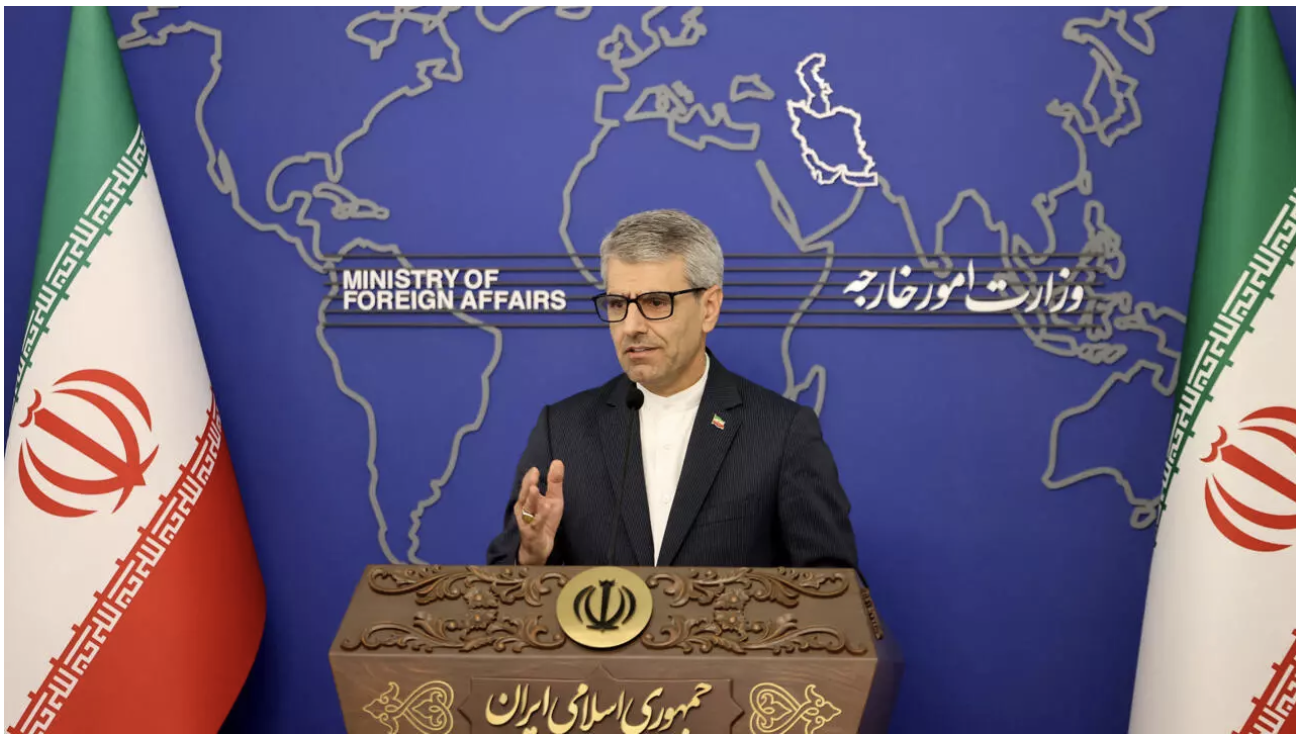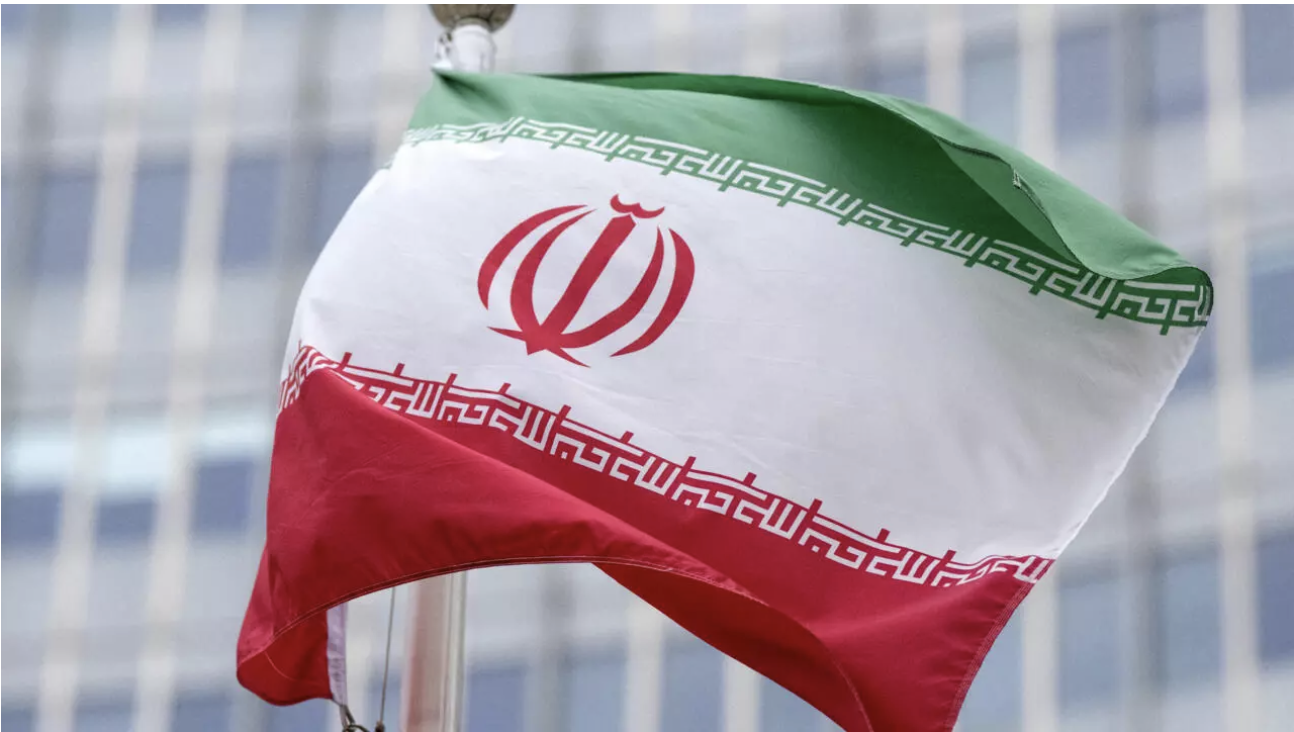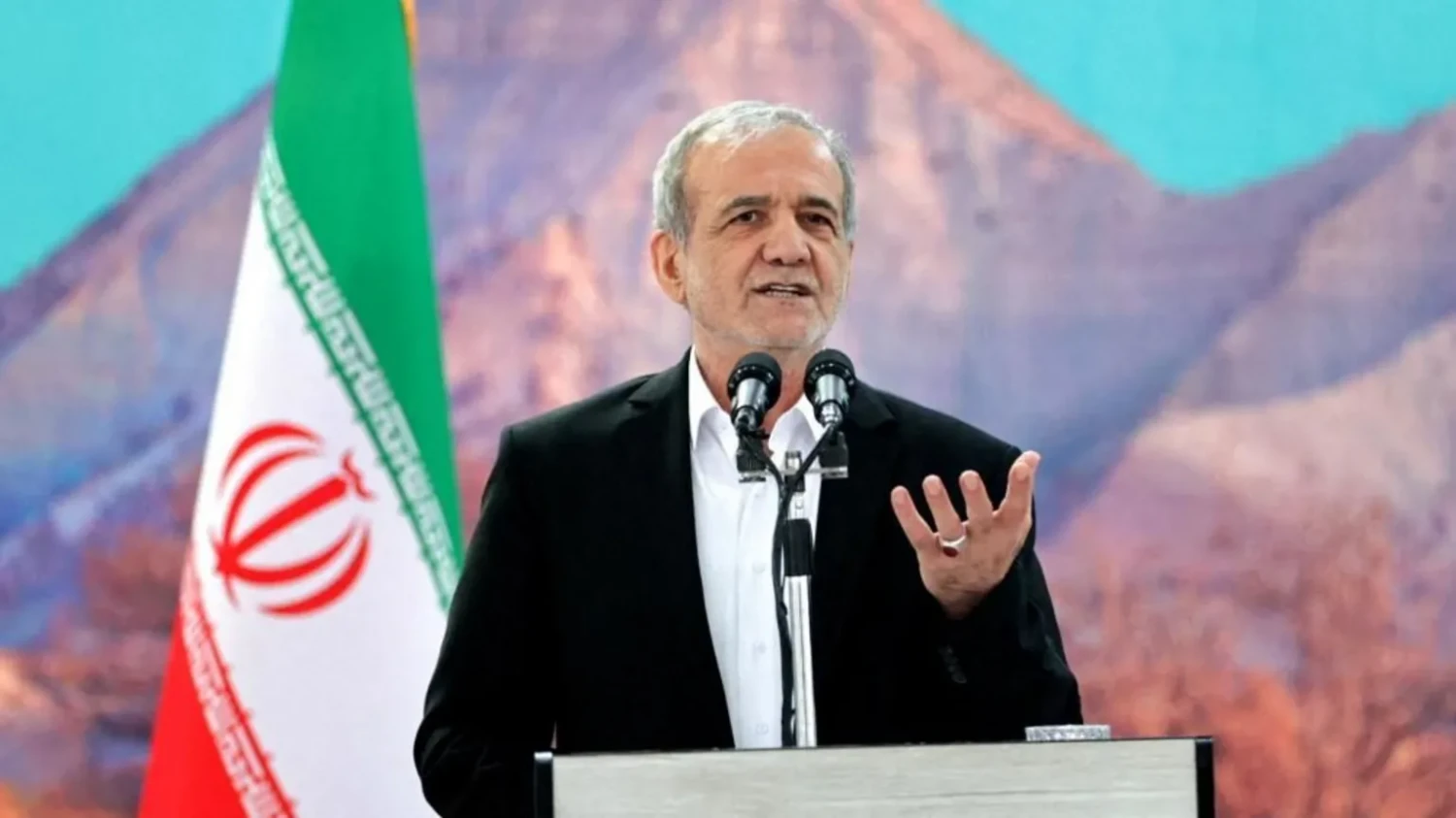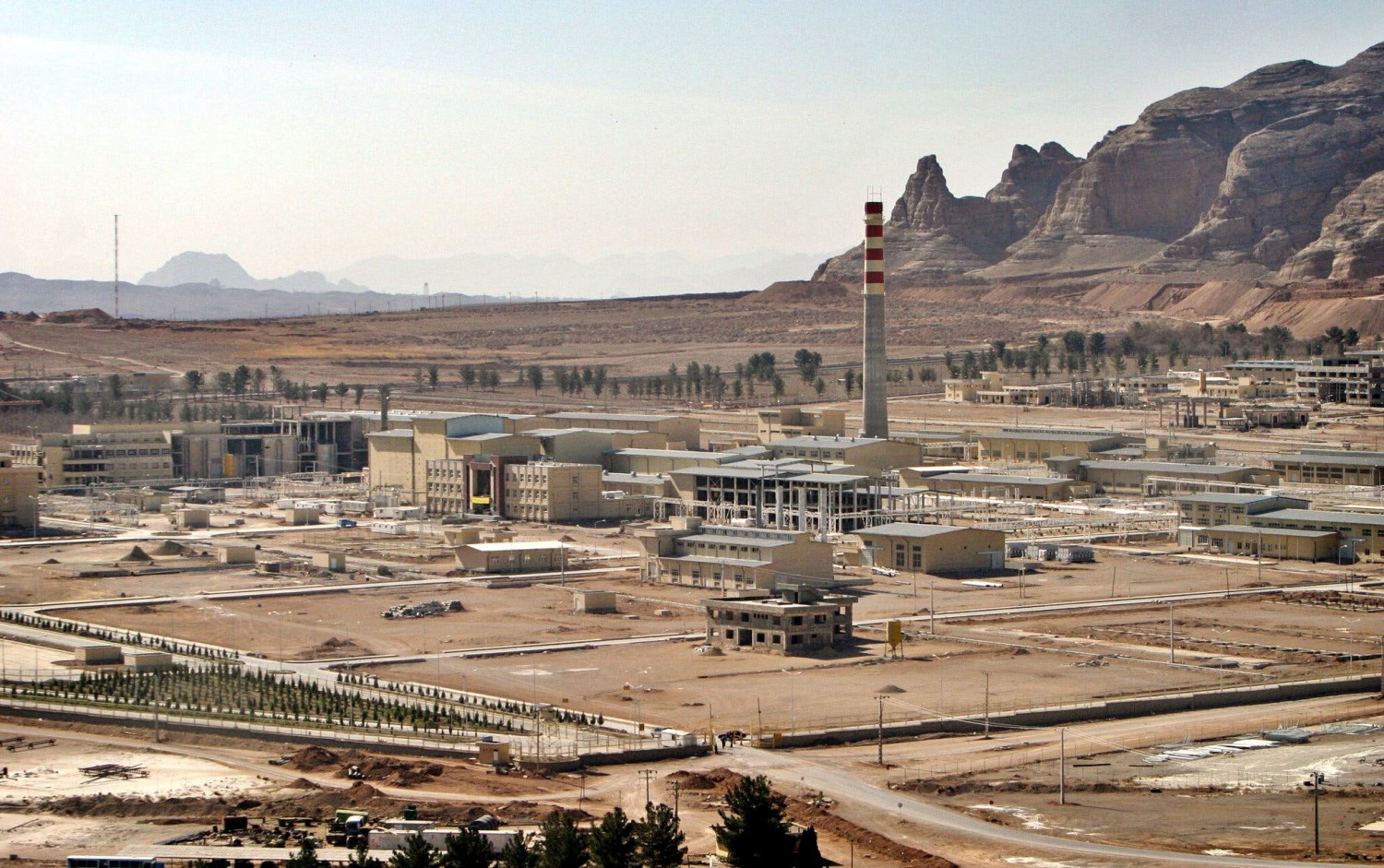
This article is more than
8 year oldIran launches rocket into space
Iranian state television described the launch as involving a “Simorgh” rocket that is capable of carrying a satellite weighing 250 kilograms. The state media report did not elaborate on the rocket’s payload. “Simorgh” means “phoenix” in Farsi.
The website YJC.ir, which is affiliated with Iranian state television, as well as the semi-official Fars news agency, also reported the launch on Thursday, saying it was successful.
The launch comes as the United States has criticised Iran’s ballistic missile tests.

Such tests are allowed under the 2015 nuclear deal that Iran struck with world powers. However, American officials argue that they violate the spirit of the accord that saw the Islamic Republic limit its uranium enrichment program in exchange for the lifting of economic sanctions.
Iran has pursued a satellite launch program for years. The US and its allies worry that the same technology could be used to develop long-range missiles. The country has sent several dummy satellites into orbit over the past decade, and in 2013 launched a monkey into space. But it recently abandoned plans to potentially send humans into orbit, saying in late May that the cost of doing so was prohibitive.
Iran’s satellite-launch program falls under the responsibility of the defence ministry, which has denied that the space program is a cover for weapons development.
The head of Iran’s space agency in October expressed for the first time interest in co-operating with NASA. Iran has offered to share its scientific findings and satellite data with other countries.
In February 2015, Iran announced the launch of a satellite atop a different type of rocket, known as Fajr. That launch happened while Iran was negotiating the nuclear deal.




